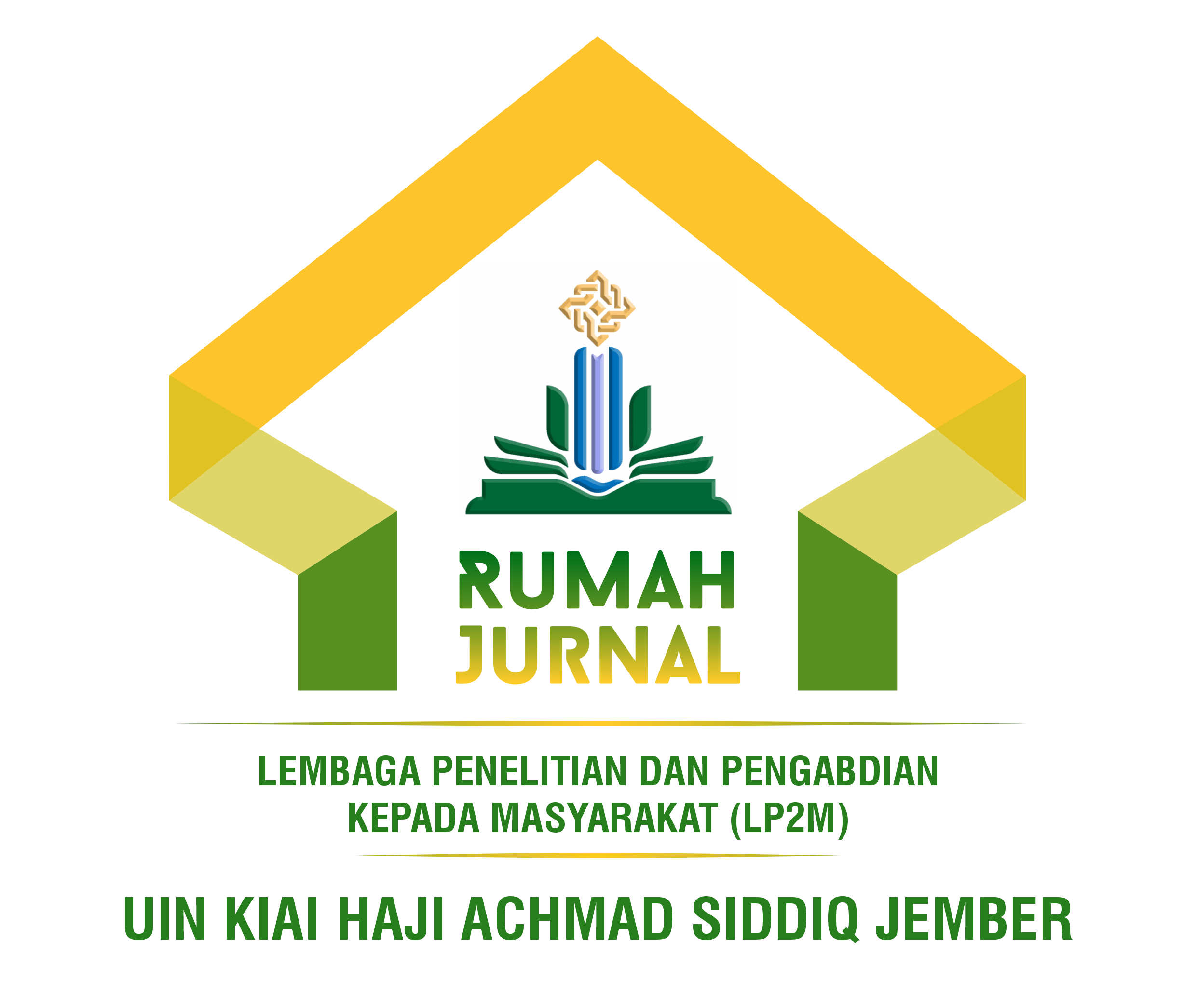Gerakan Radikalisme Hizbut Tahrir di Tajikistan Pasca Perang Saudara (1995-2024)
DOI:
https://doi.org/10.35719/p6hmxq88Abstract
This study examines the development of the Hizb ut-Tahrir (HT)
movement in Tajikistan during the post-civil war period, from 1995 to
2024. HT is a transnational pan-Islamist organization that rejects the
modern nation-state system and advocates for the re- establishment of
an Islamic caliphate. After the end of the civil war, Tajikistan faced major
challenges, including weak state institutions, an identity crisis, and
public dissatisfaction with the prevailing political system. In this context,
HT emerged as an appealing ideological alternative for certain
segments of society, particularly among youth, migrant workers, and
marginalized communities. This research adopts a critical historical
approach to trace how HT expanded through non-violent preaching
(da'wah), established transnational networks, and utilized digital media.
Although HT does not engage in violence, its ideology is perceived as a
threat by the government due to its opposition to the state system. The
government has responded with repressive measures such as banning
the organization, arresting its members, and restricting religious
activities. Over the past two decades, HT's presence has experienced
fluctuations. Despite increasingly limited operational space, HT
continues to reflect the underlying tension between state control and
societal demand for political alternatives. This phenomenon highlights
the importance of providing greater space for expression in post-conflict
societies.
Downloads
References
Arya, R. K. (2022). The political role of Islam in post-colonial Central Asian republics.
International Journal of Multidisciplinary Educational Research, 11(3[7]), 53–58.
Gupta, P. K. (2021). Situating Tajikistan in India’s Central Asia policy: A strategic
dimension. Electronic Journal of Social and Strategic Studies, 2(Special Issue IV),
–67.
Heathershaw, J. (2009). Post-conflict Tajikistan: The politics of peacebuilding and the
emergence of legitimate order. Routledge.
Heathershaw, J., & Montgomery, D. (2014). The myth of post-Soviet Muslim radicalization
in the Central Asian Republics. Chatham House.
International Crisis Group. (2001). Tajikistan: An uncertain peace (Asia Report No. 30).
ICG. [https://www.crisisgroup.org/europe-central-asia/central
asia/tajikistan/tajikistan-uncertain-peace)
International Crisis Group. (2003). Radical Islam in Central Asia: Responding to Hizb ut-
Tahrir (Asia Report No. 58). ICG. [https://www.crisisgroup.org/europe-
central-asia/central-asia/uzbekistan/radical-islam-central-asia-responding-
hizb-ut-tahrir)
Jonson, L. (2006). Tajikistan in the new Central Asia: Geopolitics, great power rivalry and
radical Islam. I.B. Tauris.
Karagiannis, E. (2006). Political Islam in Uzbekistan: Hizb ut-Tahrir al-Islami. Europe-
Asia Studies, 58(2), 261–280.
Khamidov, A. (2003). Countering the call: The U.S., Hizb-ut-Tahrir, and religious
extremism in Central Asia. The Brookings Institution.
[https://www.brookings.edu/articles/countering-the-
call/](https://www.brookings.edu/articles/countering-the-call/)
Louw, P. E. (2007). The rise of political Islam in Central Asia: Hizb ut-Tahrir al-Islami.
Global Change, Peace & Security, 19(2), 85–95.
Lynch, D. (2001). The Tajik civil war and peace process. Civil Wars, 4(4), 49–72.
McGlinchey, E. (2005). Autocrats, Islamists, and the rise of radicalism in Central Asia.
Current History, 104(684), 336–342.
Nourzhanov, K., & Bleuer, C. (2013). Tajikistan: A political and social history. ANU Press.
Tucker, N. (2012). Hizb ut-Tahrir and the threat of terrorism in Central Asia. Journal of
Muslim Minority Affairs, 32(1), 132–146.
Zhussipbek, G. (2013). Religious radicalism in Central Asia (Rethink Paper No. 12).
Rethink Institute. [https://www.rethinkinstitute.org/religious-radicalism-in-
central-asia/](https://www.rethinkinstitute.org/religious-radicalism-in-
central-asia/)
Downloads
Published
Issue
Section
License
Copyright (c) 2025 Aril Dwi Muammar (Author)

This work is licensed under a Creative Commons Attribution-ShareAlike 4.0 International License.




